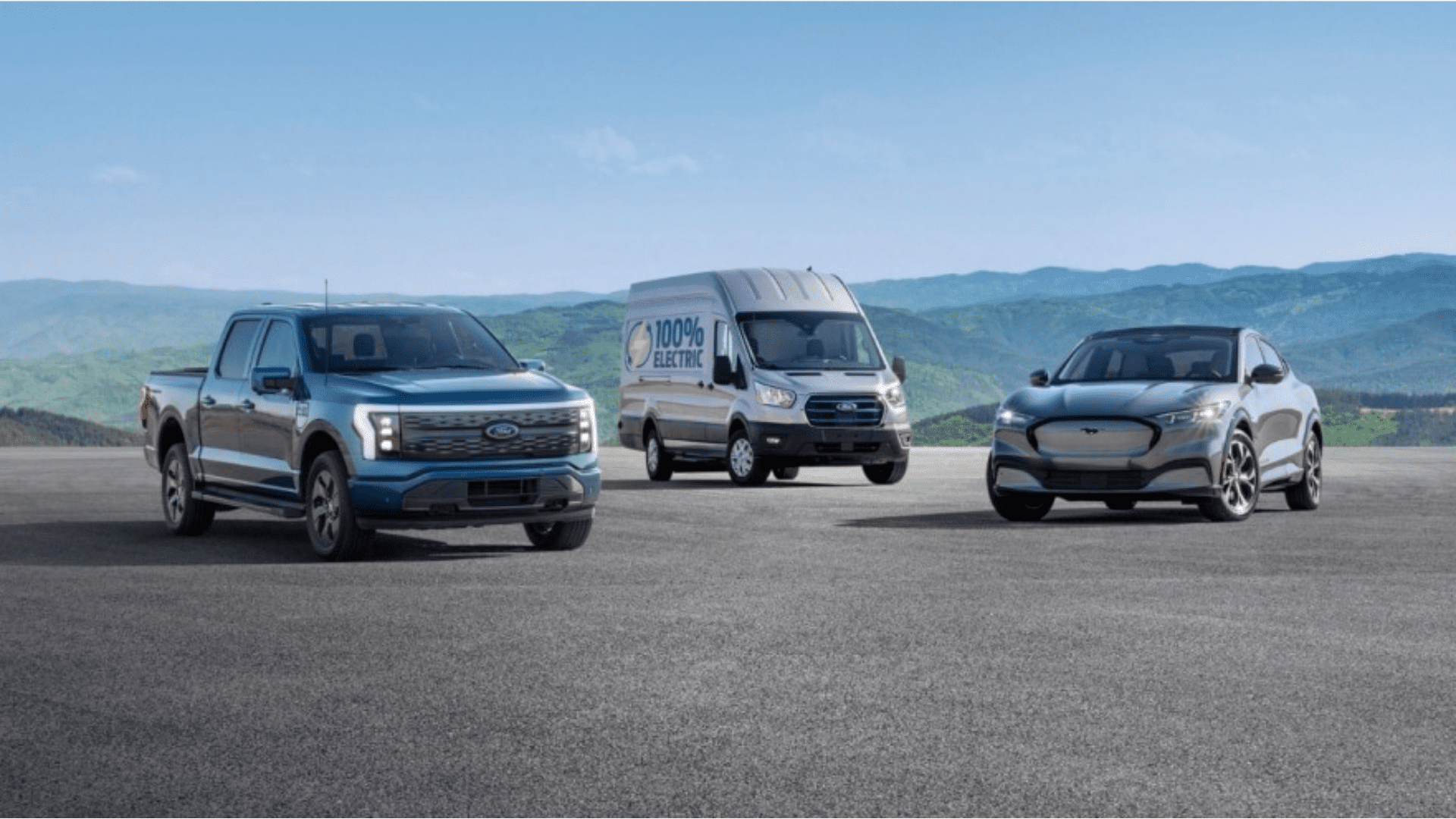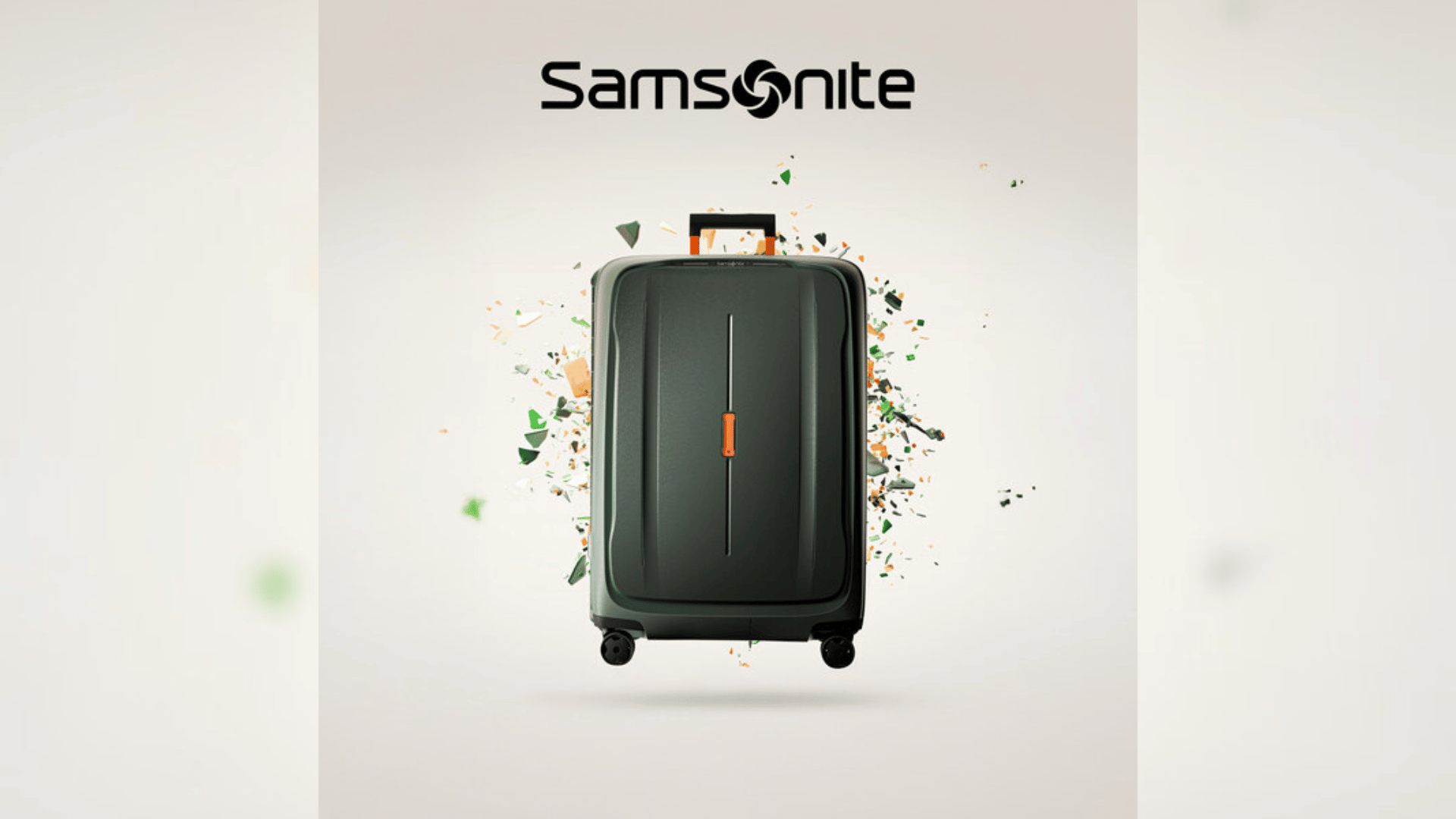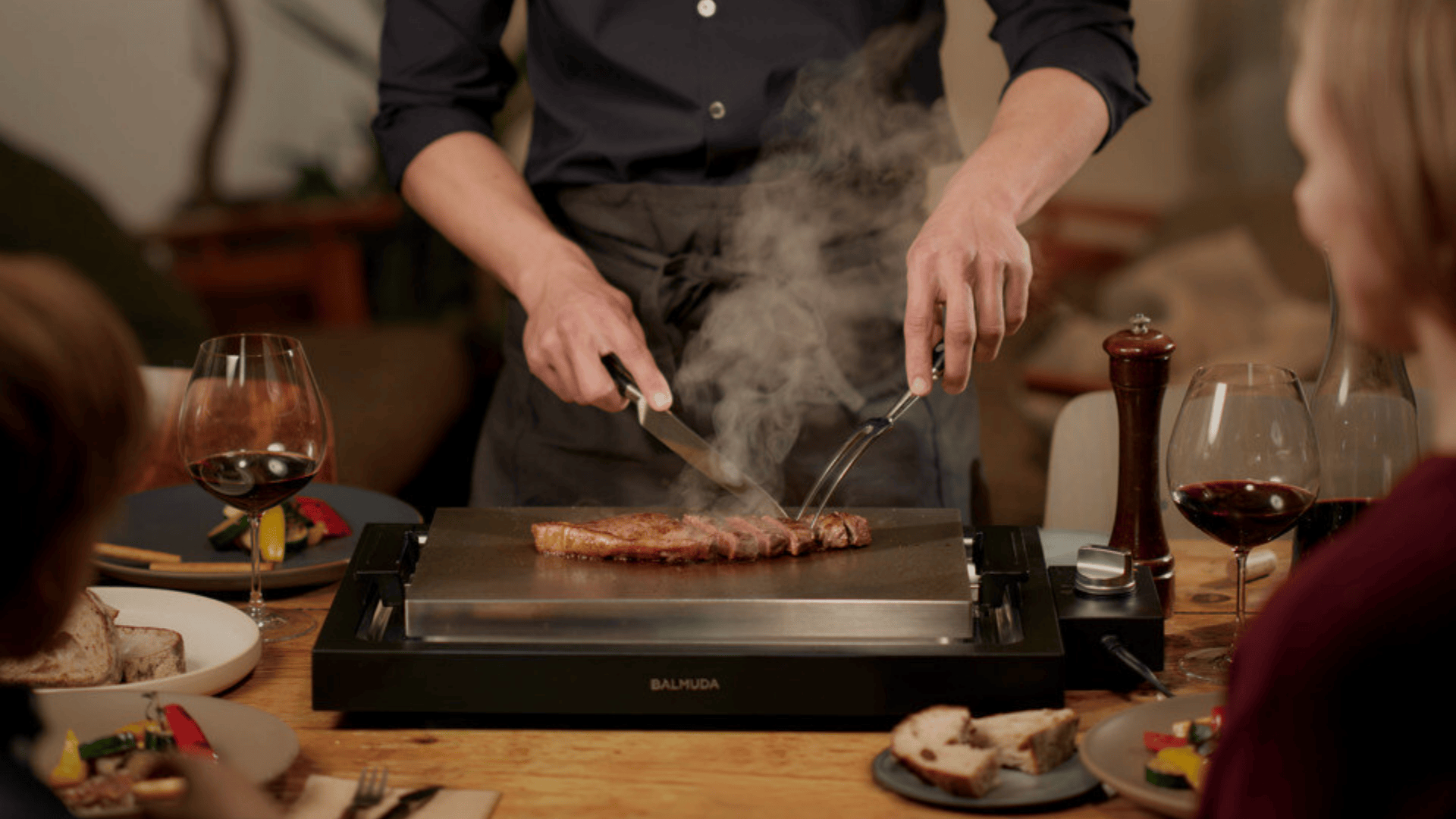General Atomics’s large unmanned aircraft fleet shapes modern military operations and strategy. The company’s line of remotely piloted aircraft systems (RPAS) has a wide range of capabilities for various situations. Let’s meet the fleet of military aircraft piloted from miles away.
MQ-9B SkyGuardian and SeaGuardian
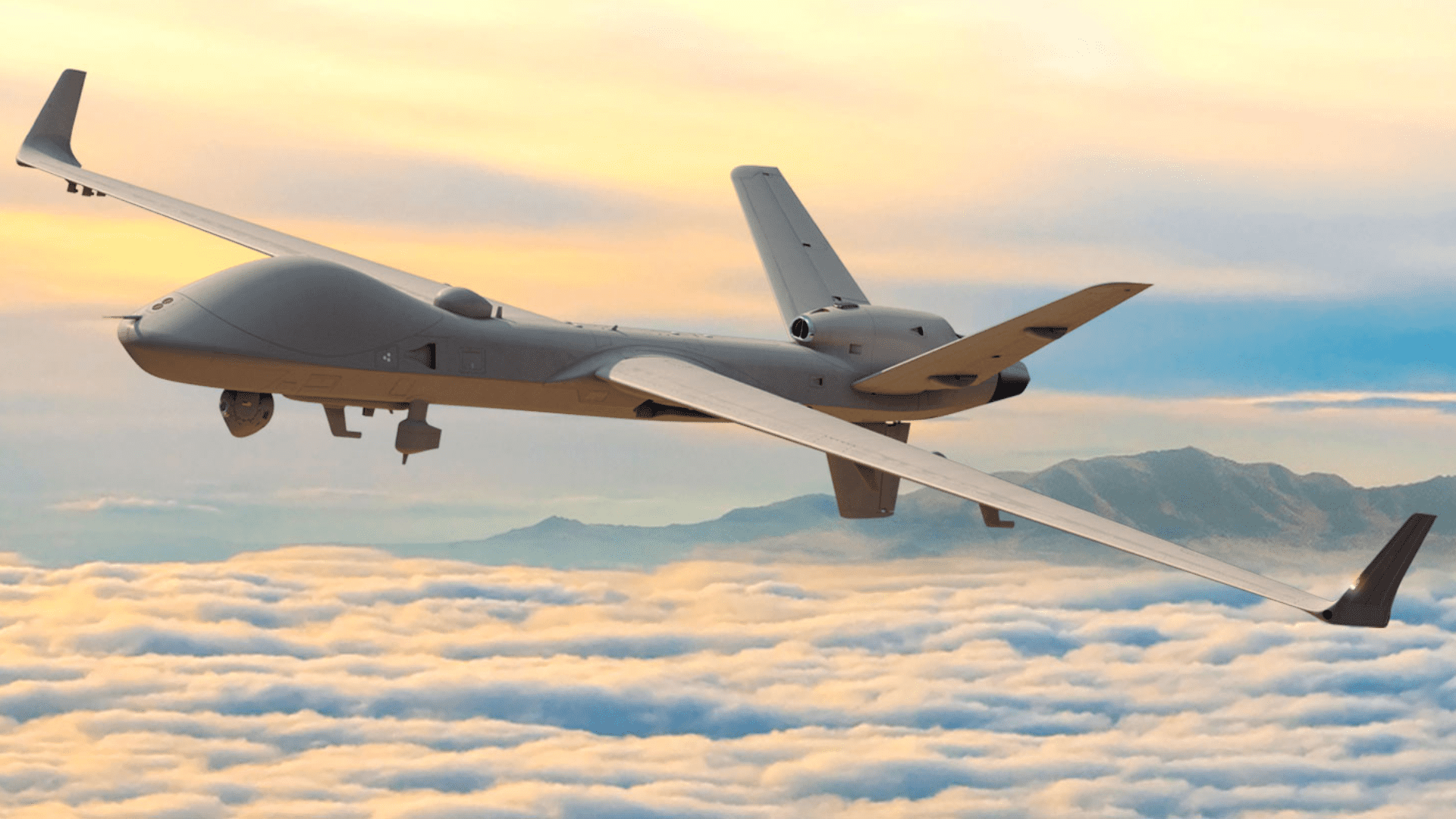
General Atomics labels the SkyGuardian as the “next-generation” of RPAS. The aircraft is intended to deliver persistent intelligence, surveillance, and reconnaissance (ISR) around the globe. SkyGuardian is designed to fly over the horizon via satellite for over 40 hours in any weather conditions. In addition, the aircraft is intended to integrate into civil airspace, which enables joint forces and civil authorities. The SkyGuardian is configured to conduct various ISR missions, including, but not limited to, disaster relief, search and rescue, law enforcement, and border enhancement.
The MQ-9B SeaGuardian is the SkyGuardian’s maritime sibling. It’s designed to fly for over 30 hours, depending on the configuration, in any weather conditions over the maritime domain across the globe. The SeaGuardian is configured to conduct various maritime ISR missions, like disaster relief and search and rescue. It’s also designed for anti-surface and anti-submarine warfare.
Extended Range RPA
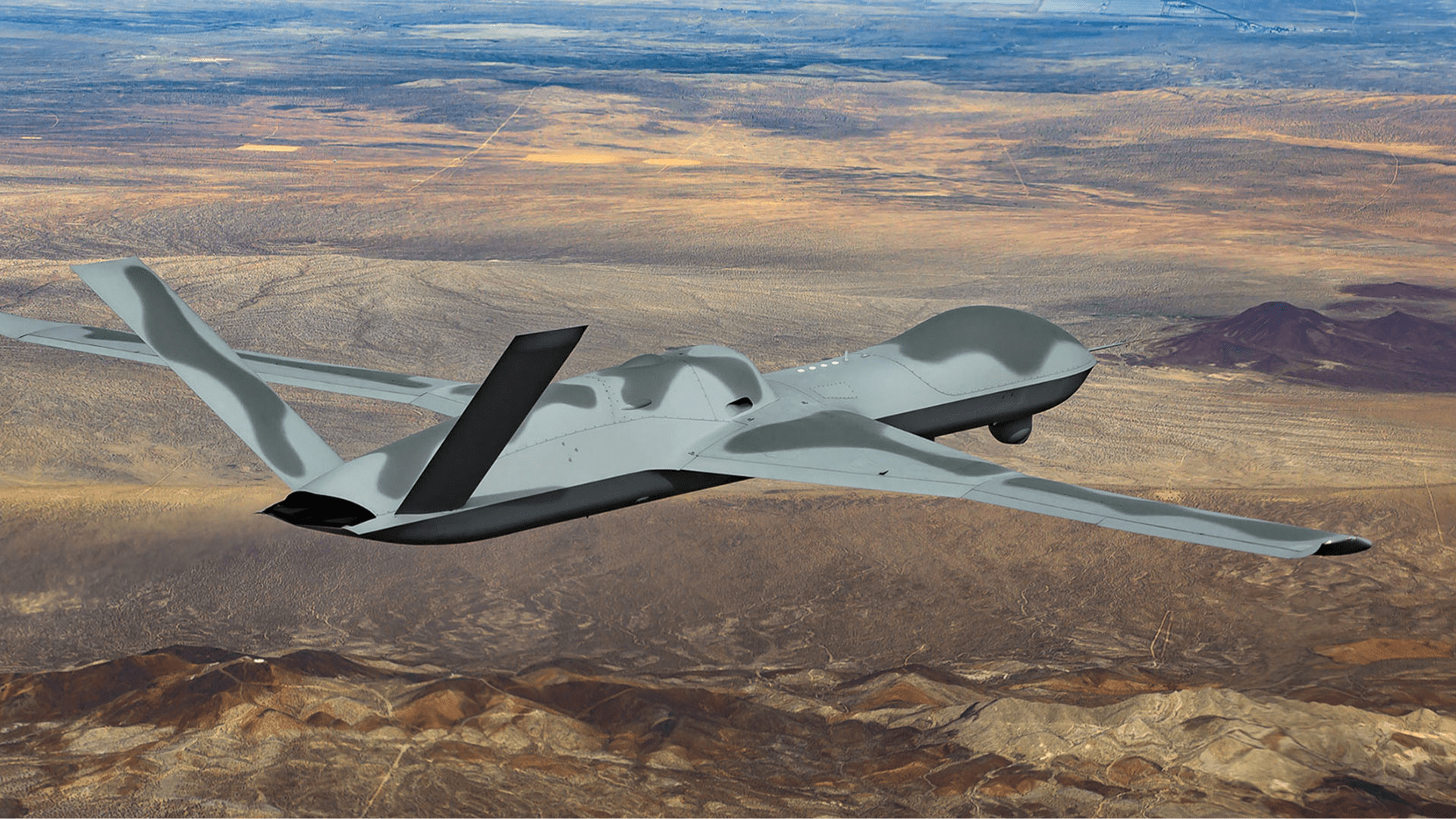
Predator C Avenger, or the Avenger ER (Extended Range), has a unique design and speed that increase its survivability in higher-threat environments. The Avenger ER is a high-speed, multi-mission, and medium-to-high-altitude RPA system with increased endurance to fly over 20 hours. It can also perform wide-area surveillance, time-sensitive strike missions over land or sea, and various challenging missions.
STOL Kit
The MQ-9B Short Takeoff and Landing (STOL) mission kit allows the SkyGuardian and SeaGuardian to “cover more area with less runway.” According to General Atomics, MQ-9B STOL stays “where it is needed longer and will virtually always be ready for tasking,” whether it’s deployed over ground or naval forces. This kit provides a short-field advantage without limiting the platform’s ability to conduct long-endurance operations. For example, MQ-9B STOL can conduct missions without returning to a conventional land-based airfield for maintenance.
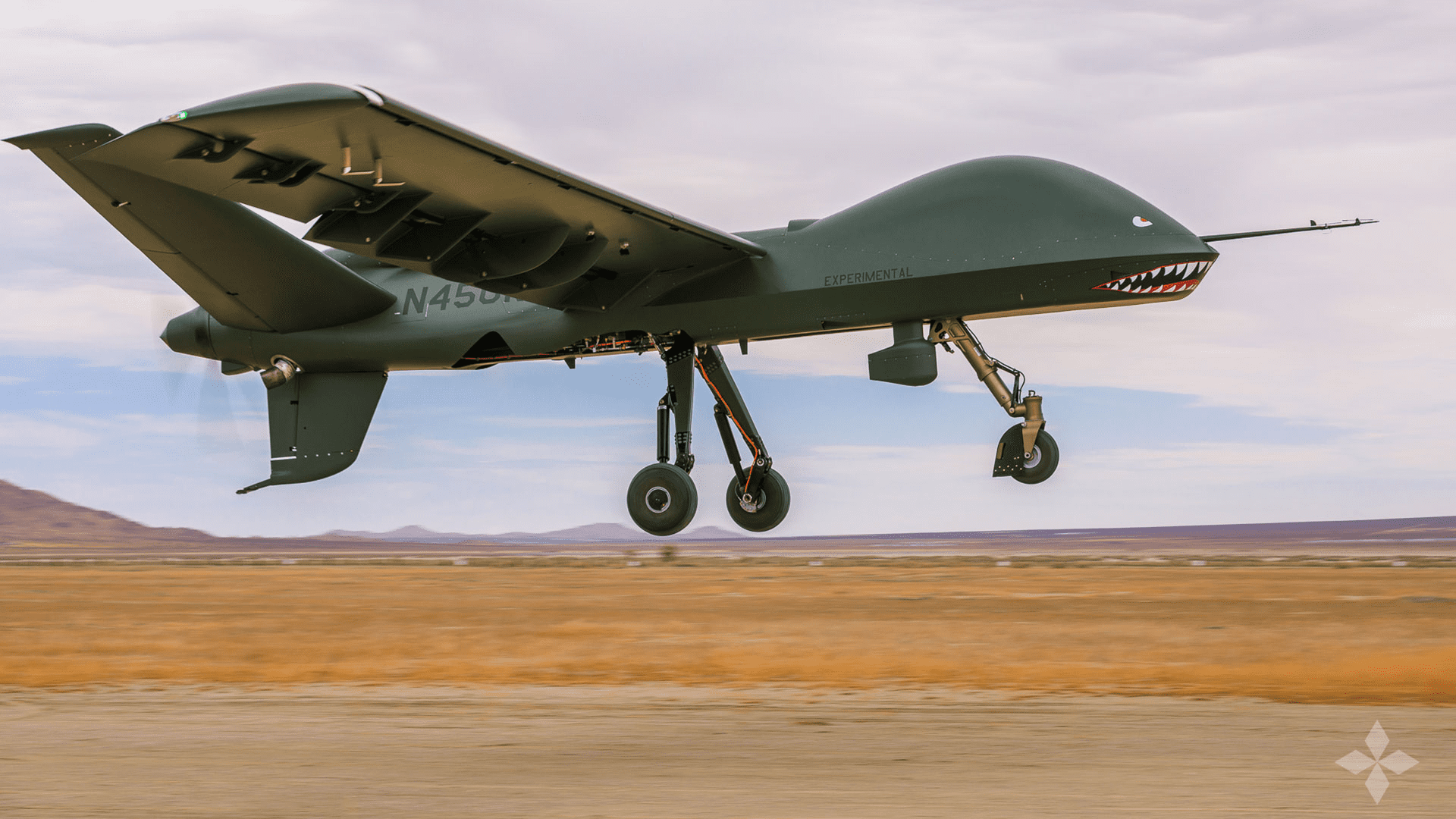
The Mojave STOL’s firepower and rapid adaptability are ideal for ground troop support and armed reconnaissance missions in expeditionary environments. Built on General Atomics’ MQ-9A Reaper and MQ-1C Gray Eagle Extended Range systems, its STOL performance allows it to take off and land in remote, semi-improved locations. In addition to highways, desert plains, and jungle clearings, the Mojave is the first aircraft in its class to take off and land aboard an aircraft carrier. According to General Atomics, “Mojave is designed to go anywhere our warfighters are.”
Sparrowhawk
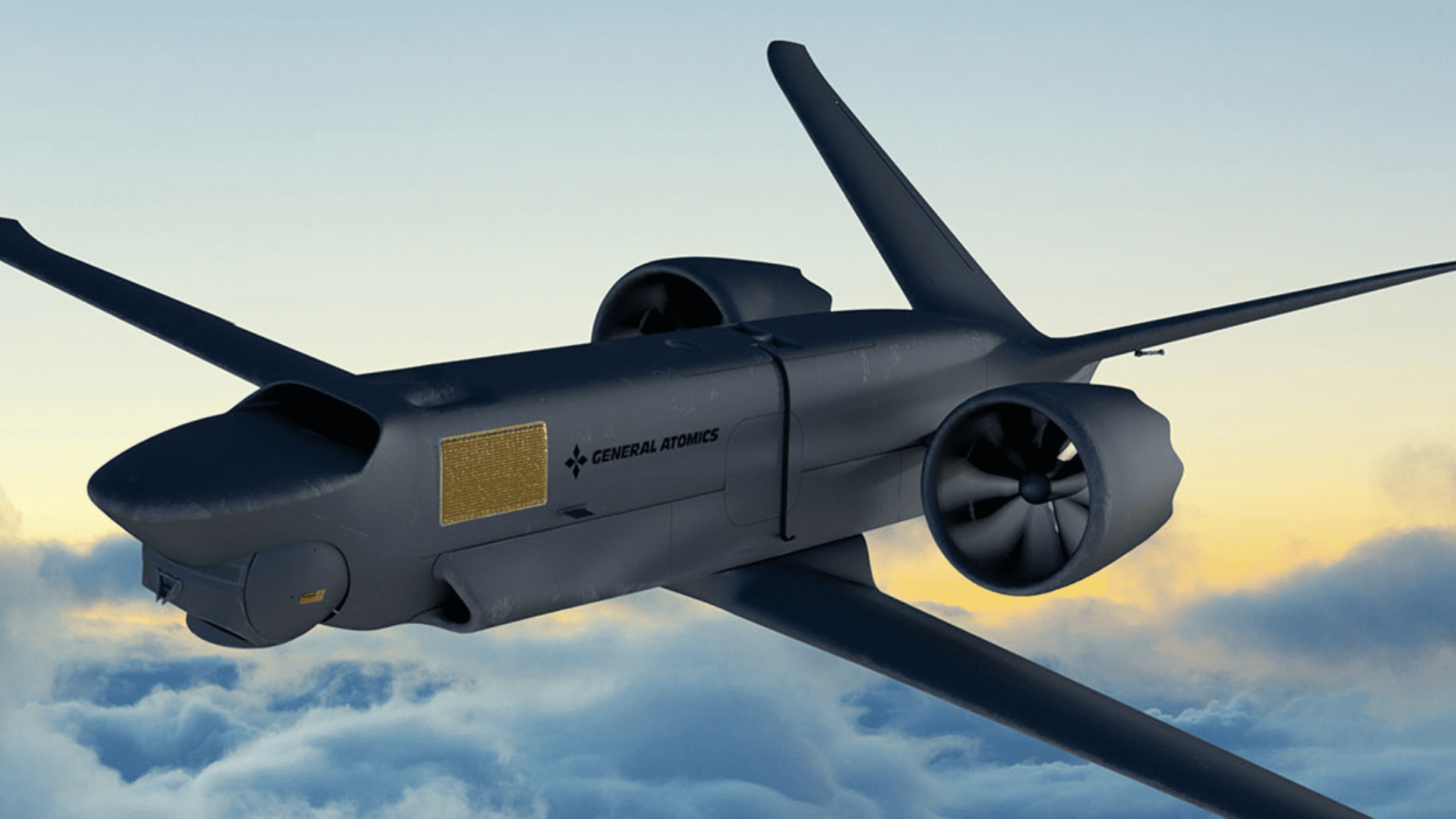
The Sparrowhawk is a small unmanned aircraft system (SUAS) that hangs under the wing of an unmanned aircraft, such as the MQ-9. Its size makes it difficult for adversaries to spot, which is critical in contested environments. An aircraft like the Mq-9 carries it like a traditional payload but can launch the SAUS and recover it mid-flight, something few remotely operated aircraft have ever done.
Tune in to the Science Channel to watch Drone Defense at 10 AM EST on Saturday, December 7!



